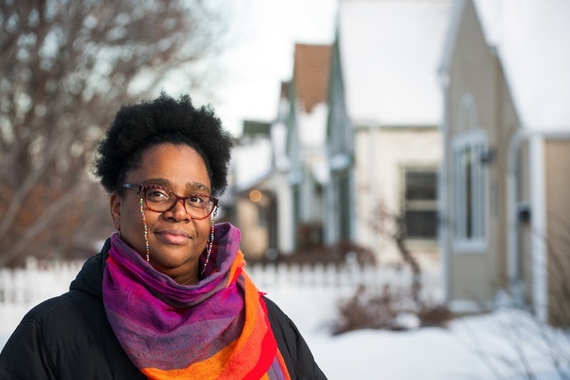Talking Minnesota’s Black Past with Alum Quintard Taylor
Quintard Taylor (PhD, history ‘77) is the founder of BlackPast.org. With over 10,000 pages of content, it’s the largest online encyclopedia on African American and global African history.
“In some ways, we were inspired by W.E.B. Du Bois, who dreamt of an Encyclopedia Africana that would have all sorts of information about Black people from all around the world,” Taylor explains. But while Du Bois envisioned a hardcover encyclopedia in ten or twelve volumes, today’s technology makes it possible to build a robust and ever-growing collection of articles and entries and make them available to anyone with an internet connection, for free.
Today the website celebrates its 17th anniversary—and its 17th Black History Month. To mark the occasion, we asked Taylor to reflect on how his time at the University of Minnesota influenced the website and to point us toward some lesser-known but historically significant Minnesota figures featured in the Black Past collection.
How has your University of Minnesota education laid a foundation for your work with Black Past?
When we started Black Past in 2007 I was inspired by the kind of academic program I had at UMN.
As a graduate student in the 1970s, I was involved with what was known as the African Peoples’ Program. At the time it was unique, a program that allowed grad students to learn African American history and the history of Blacks in Latin America and Africa. That’s what inspired me to make BlackPast global from the very beginning.
African American history does not stand alone. You cannot understand African American history without understanding Africa. From the very beginning, we had articles on Africa and we cover the history of Black people wherever they are. For example, we have about 130 entries on Russia. And did you know that the first military pilot of African descent was from Turkey? We have entries about every nation and readers from all around the world who love to learn about Black history in their home countries.
You can go to any corner of the world and you won’t be more than a hundred miles from Black history. This is a global project, mainly because of the kind of education I got at UMN. It was that comprehensive history and comparative African histories that led me to global African history.
That’s one thing that makes Black Past unique. No one else attempts the cover the globe like we do.
What led you to create a scholarship in honor of your parents and the educational values they instilled in you from an early age?
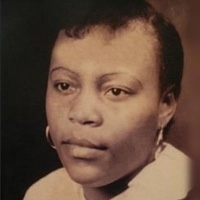

My parents, Quintard and Grace Taylor were Black folks in the south, residing in a town in West Tennessee called Brownsville. They were poor people. Not the poorest of the poor, not sharecroppers, but poor, relatively speaking. We didn’t have a car. My father never made more than $5000 a year. And when I got to grad school I discovered that my home county had a per capita income of $900/year in 1969, comparable to per capita income in the Great Depression.
My parents believed in education. They were too poor to fund my education; I needed scholarships and fellowships. But they encouraged me and demanded that I go to college and pursue a degree. And I became a history major at St. Augustine's College and then went to the University of Minnesota for grad school.
They were my inspiration and gave me my start. I couldn’t have become the Scott & Dorothy Bullitt Professor of American History at the University of Washington for twenty years and do what I do now if it wasn’t for them.
They are why I wanted to set up the scholarship fund and because of my affection for the University of Minnesota, I wanted to set up the scholarship here.
The Taylor Scholarship supports undergraduates studying history.
Tell us about the figures from Minnesota history you chose to highlight
I didn’t pick the obvious people: Roy Wilkins, Prince, or George Floyd… You already know about them. I want people to know about individuals who were born in or lived in Minnesota who contributed significantly but are not necessarily well known or identified as being part of Minnesota history. And three of my five picks have connections to the University of Minnesota. I didn’t set out to pick someone in sports, someone in R&B, etc. but that’s how it turned out.
It’s our responsibility to bring these people together in one place on the Internet and present them as part of the Minnesota experience. You can read more stories about Minnesota on the Black Past website. And while you’re there, check out our new timeline on the Long Civil Rights Movement, from 1905 to 1975.
Six Black Minnesotans you should know
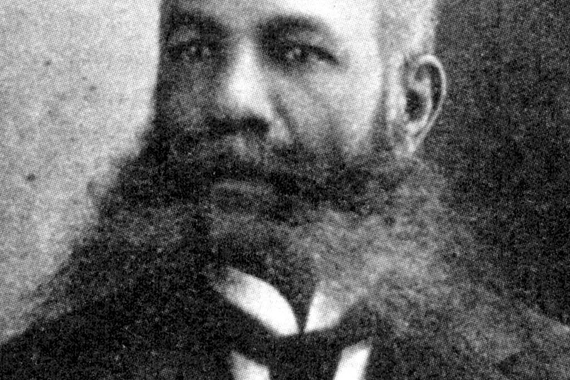
Ohio-born inventor, real estate developer who moved to Winona, Minnesota in 1870 and later lived in Duluth, where he erected a three-story building and became the first African American on the Duluth Chamber of Commerce. Invented an automatically opening elevator door and eventually moved to Seattle where, because of his invention, he was one of the wealthiest Black men in the Pacific Northwest.
“We use his invention every day and nobody really thinks about it. He invented it while he lived in Minnesota—and not in the Twin Cities.”
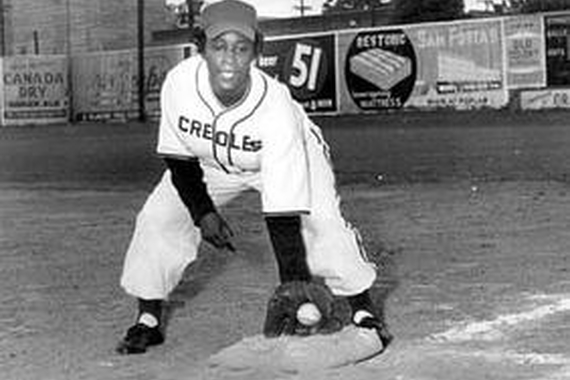
The first of three Black women professional baseball players with the Negro Leagues. She played second base with the Twin Cities Colored Giants. Stone ended her career with the Kansas City Monarchs, widely considered the best team in the Negro Leagues.
“Stone attended Roosevelt High School in Minneapolis. In 1996 the city of St. Paul named a baseball field in her honor.”
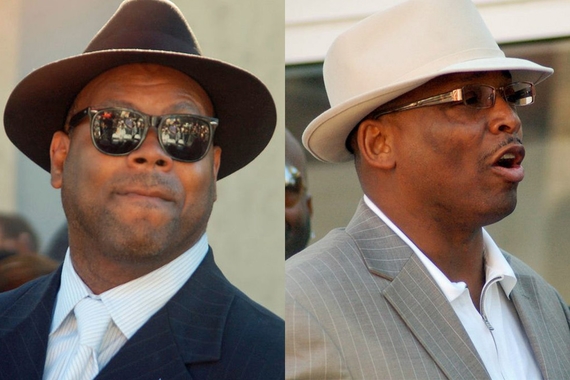
Musicians and composers who met in 1973 in the Upward Bound Program at the University of Minnesota and who eventually became two of the most successful producers and writers in American music history. They have over a hundred gold, platinum, and diamond albums.
“They have been very influential in the music industry. But did you know that they discovered each other through UMN?”

Philosopher who in 1946 became the first African American faculty member at the University of Minnesota. In 1950 he was one of only four Black philosophy professors at predominately white universities in the United States.
“His was a tragic case. He was a UMN faculty member but was driven in the 1950s out because of his left-leaning politics during the Red Scare.”
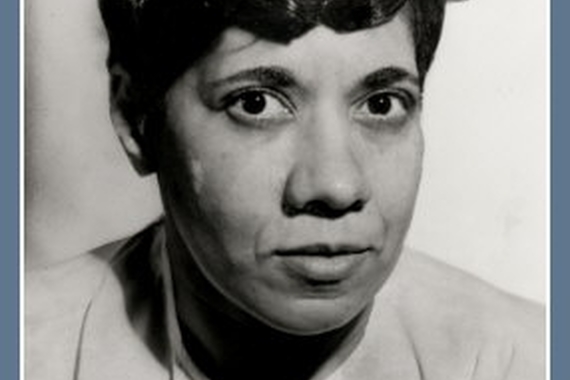
Lakeville, Minnesota-born labor leader and activist. Finished high school through the GED program at the University of Minnesota. In 1935 she helped organize Local 665 of the Hotel and Restaurant Workers Union. In 1945 Johnson won a seat on the Minneapolis Library Board, becoming the first African American elected to a city-wide office. She later served as an advisor to Minneapolis Mayor Hubert H. Humphrey.
“How many women were labor leaders in Minnesota in the 1930s?”
Support UMN history students
Help support CLA students majoring in history by making a gift in any amount to the Quintard Taylor, Sr., and Grace Taylor Scholarship.
Support Black Past
Make a gift to Black Past to support Black history education and foster a more inclusive understanding of our shared cultural heritage.
Write for Black Past. Join the nearly 1,000 content contributors from six continents who write about Black history around the world.
Black History Month
Explore more stories from the past year that celebrate members of CLA's community who identify as Black, African American, or African and that highlight important work being done in Black studies at UMN.
This interview has been lightly edited for length and clarity.



